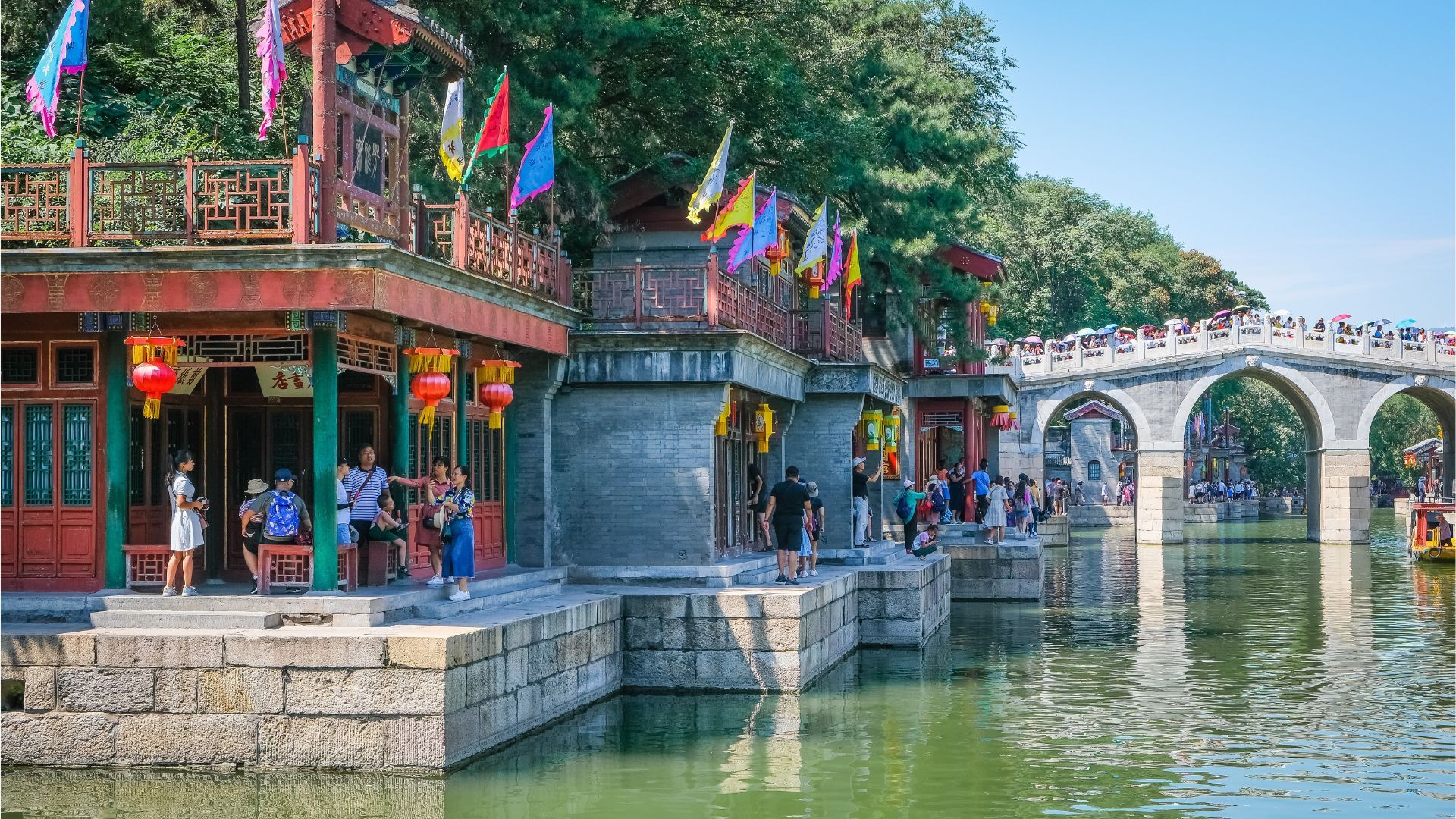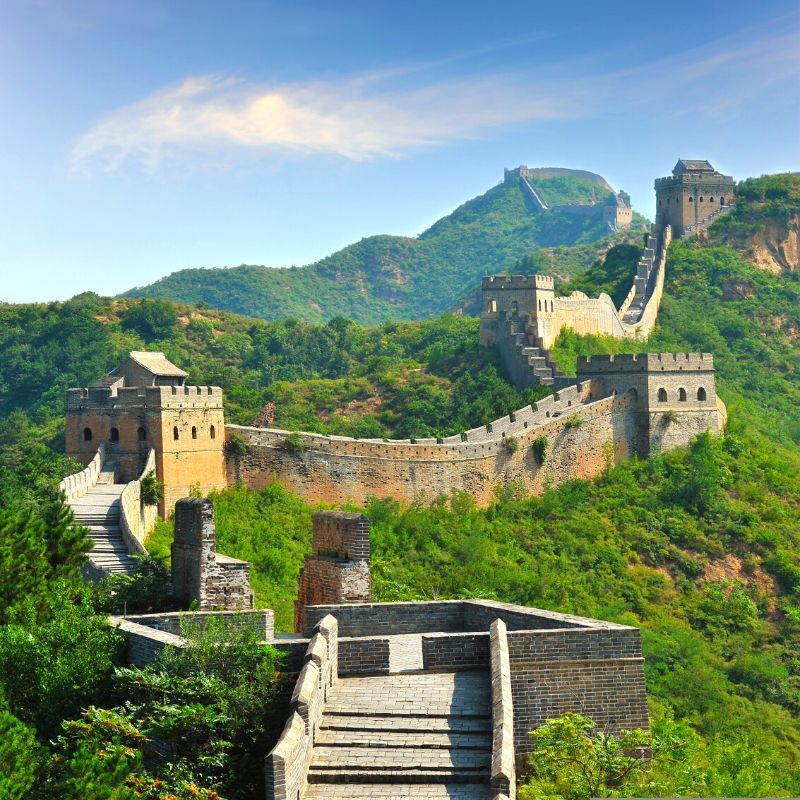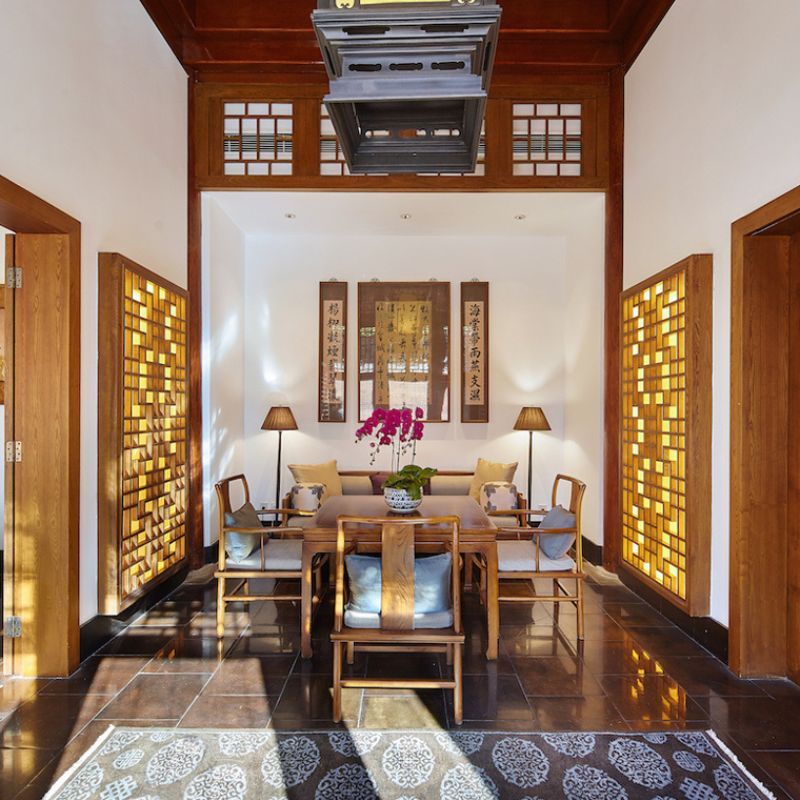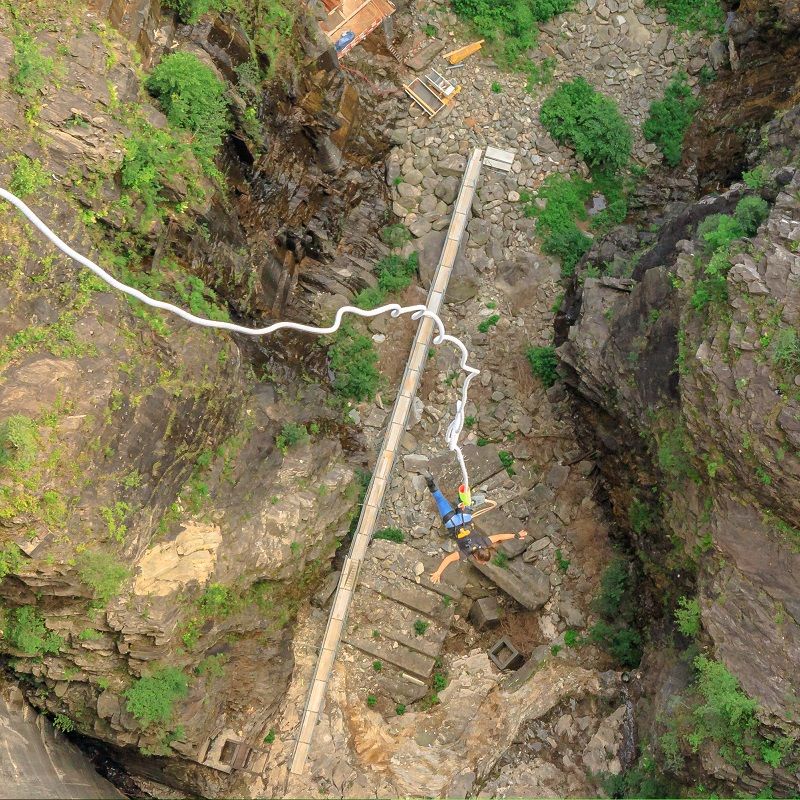
Offering a rich cultural blend of futuristic city life and wonders of nature, Beijing in China is a land of diversity where people coexist harmoniously. From distinctive architectural marvels to scenic views of natural landscapes and historical magnificence, this city is as distinguished as it could be. Of all the major tourist attractions, however, the one that’s unmissable, especially if you want to understand China better, is the Summer Palace.
A UNESCO World Heritage Site, the Summer Palace in Beijing is one of the most well-preserved and popular imperial gardens in the world. Originally used as a summer retreat by the royal, ruling families of China, it was later restored and opened to the public as a park that houses various attractions. Promising a fun, leisurely and educational time, the Summer Palace comprises administrative, residential and spiritual premises along with a vast lake, geometrically laid paths and corridors, as well as several sculptures, structures and pavilions.
It showcases a quintessential Chinese garden design and stands as a telltale of the country’s heritage and history.

History of Summer Palace
The construction of the Summer Palace commenced in 1750 when Emperor Qianlong wanted to honour his mother on her sixtieth birthday. They began by first expanding Kunming Lake and then building Longevity Hill in the surrounding area. The historic place was then called the Garden of Clear Ripples and served different purposes such as residential, administrative and political, spiritual and recreational.
In 1860, during the Second Opium War, it was burnt to the ground and looted by the British and French troops under the orders of Lord Elgin, the British High Commissioner. Between 1884 and 1895, the garden was rebuilt again by Empress Dowager Cixi with funds that were intended for the upgradation and welfare of the navy. However, it was again destroyed and damaged during the Boxer Rebellion around 1900 by the Allied Forces of the Eight Powers.
The Summer Palace was yet again rebuilt and repaired by 1903 and with the Qing Dynasty regime ending in 1912, it was opened to the public in 1914. It was then taken over by The People’s Government of Beijing Municipality in 1924 and turned into a public park.
Best time to visit Summer Palace
Based on what time of the year you’re visiting, Summer Palace can prove to be an altogether different experience. For instance, in winter (November to March), while the region experiences extreme cold with temperatures dropping to two degrees Celsius, the Summer Palace looks absolutely stunning, especially during and after snowstorms. Similarly, during summer (July to August), the temperatures average around 31 degrees Celsius, and visitors get to witness lotuses in full bloom in Kunming Lake.
The weather during fall (September to October) is favourable, although you won’t find any flowers to revel in. Which makes spring (April to May) the best time to visit the Summer Palace. The weather is pleasant, and blossoms adorning the park create a picturesque view. However, this serves as the peak season with numerous travellers visiting this place.

Tips to travel to Summer Palace
Here are some things to consider before visiting the Summer Palace in China that will ensure you have a fun-filled experience there.
- The Summer Palace is a popular tourist attraction in China, which means it can have travellers visit the place in large numbers, especially during peak seasons. Hence, try to get there early in the morning for stunning, clear photos.
- The place is spread across a large area and requires plenty of walking. So, you must wear comfortable footwear. Additionally, it takes around three hours at least to tour the place completely. So, plan your visit accordingly, with ample time on your itinerary.
- Summer Palace has three main entry gates — North Palace Gate, East Palace Gate and New Palace Gate — from where you can follow the recommended tour paths so that you don’t miss out on anything.
- From English-speaking official tour guides and self-employed guides to recorded audio guides, the place provides various options for tourists at the entrance gates itself.
- While you can reach the place via public transport like a taxi or a bus, one of the easiest ways is to take the subway line four to Beigongmen Station, use Exit D and then take a short walk towards the North Gate.
- Don’t forget to take a boat ride on Kunming Lake.
What is the Summer Palace used for now?
Destroyed and damaged decades ago, the Summer Palace was restored and has been serving as a public park. Comprising original sites, Kunming Lake and various other views and areas for leisurely activities and rejuvenation, it makes for a great tourist destination.
Inside Summer Palace
Although smaller than its original form, the Summer Palace in China still covers a massive area. This includes various attractions, the largest being Kunming Lake and Longevity Hill.
The Hall of Benevolence and Longevity is the central feature of the area where administrative and government affairs take place. It is surrounded by a residential area with three building complexes, all connected by corridors.
Additionally, most part of the garden is occupied by the lake hemmed by pavilions, islands, halls and towers, among other sites. Some of the unmissable attractions include:
The Tower of Buddhist Incense (Foxiangge) — a renowned octagonal structure built on the Longevity Hill designed for worshipping Lord Buddha.
Hall of Dispelling Clouds (Paiyundian) — a complex of symmetrically designed buildings originating from the Da Baoen Yanshou Temple, which was Emperor Qianlong’s birthday gift to his mother.
The Long Corridor — the longest covered promenade in the world that lets you revel in the idyllic views of the garden under gorgeously painted ceilings.
The Garden of Virtue and Harmony (Deheyuan) — a collection of courtyards with one of them featuring The Grand Theatre where Empress Dowager Cixi enjoyed operas.
Suzhou Street — a recreation of the shopping streets of Suzhou marked with traditional riverside shops where the emperors and their mistresses would go for ‘pretend-shopping’.
The Marble Boat — a stone and wood boat sculpture situated at the Northern edge of Kunming Lake, replicating a real one and first constructed in 1755.
Seventeen Arch Bridge — a rainbow-shaped bridge with 17 arches built atop the lake connecting its east bank with Nanhu Island.

Summer Palace architecture
Epitomising traditional Chinese architecture, the Summer Palace in China brings together craft and nature in a visually magnificent design. While most of the sites are designed in authentic and original art of China, others enjoy a wholesome blend of western or European-style architecture as well.
For instance, the Long Corridor is marked with exquisite paintings depicting Chinese history, operas, iconic figures and the scenic beauty of the country. The arched bridge is lined with 500 stone lions and the various halls and towers symbolise the artistry of Chinese craftsmen in colourful hues and patterns.
The Marble Boat, on the other hand, employs a rather European make with inlaid colourful glass work on wheels and windows, coloured bricks and wooden accents made to look like stone.
Related: Top Attractions And Things To Know Before Visiting Anhui
Book Your Stay Near The Summer Palace Here
(Main and Featured Image Courtesy: Magda Ehlers/Pexels)
Frequently Asked Questions (FAQs)
Answer: The Summer Palace in China was destroyed by the British and French forces in 1860 and subsequently looted.
Answer: Besides its history and heritage, the Beijing Summer Palace is also famous because it has been listed as a UNESCO World Heritage Site and symbolises the Chinese landscape garden design perfectly.
Answer: While destroying and burning down the Summer Palace in 1860, the British looted innumerable priceless treasures, including various artefacts, bronze animal heads representing the animals of the Chinese Zodiac and even a Pekingese, which was presented to Queen Victoria and later named Looty.
Answer: Since it served as the residence of various emperors throughout their regimes, this palatial complex was forbidden to ordinary people. For that matter, the government officials and the imperial family members had limited access, and only the emperor could visit any section of the complex at his will. Hence, to protect the emperor and his family and demonstrate his power, the complex was named The Forbidden City.
Answer: The Forbidden City is an imperial palace complex situated in the heart of Beijing, China. It has been home to emperors of the Ming and Qing Dynasties. The complex of this walled city comprises various structures and buildings designed for different administrative, spiritual, residential and recreational purposes.
Answer: The Chinese Summer Palace was destroyed during the Second Opium War in the 1860s at the command of the British High Commissioner Lord Elgin.















